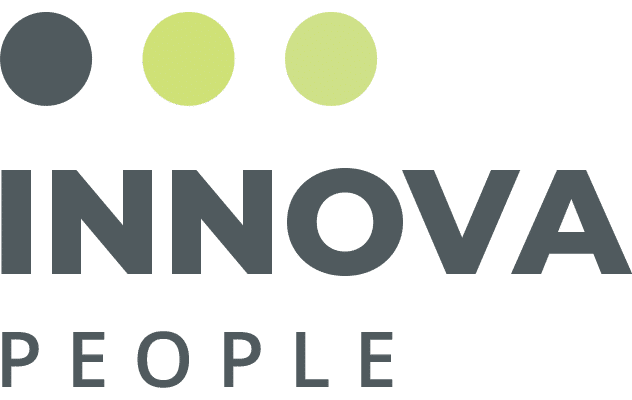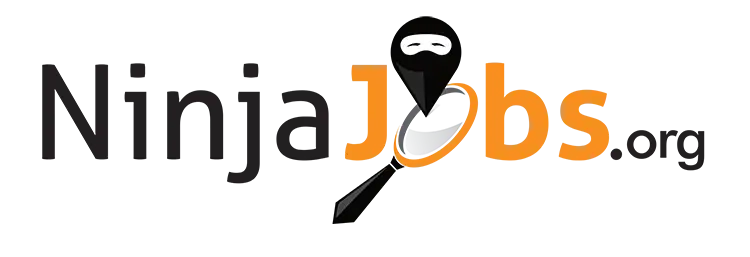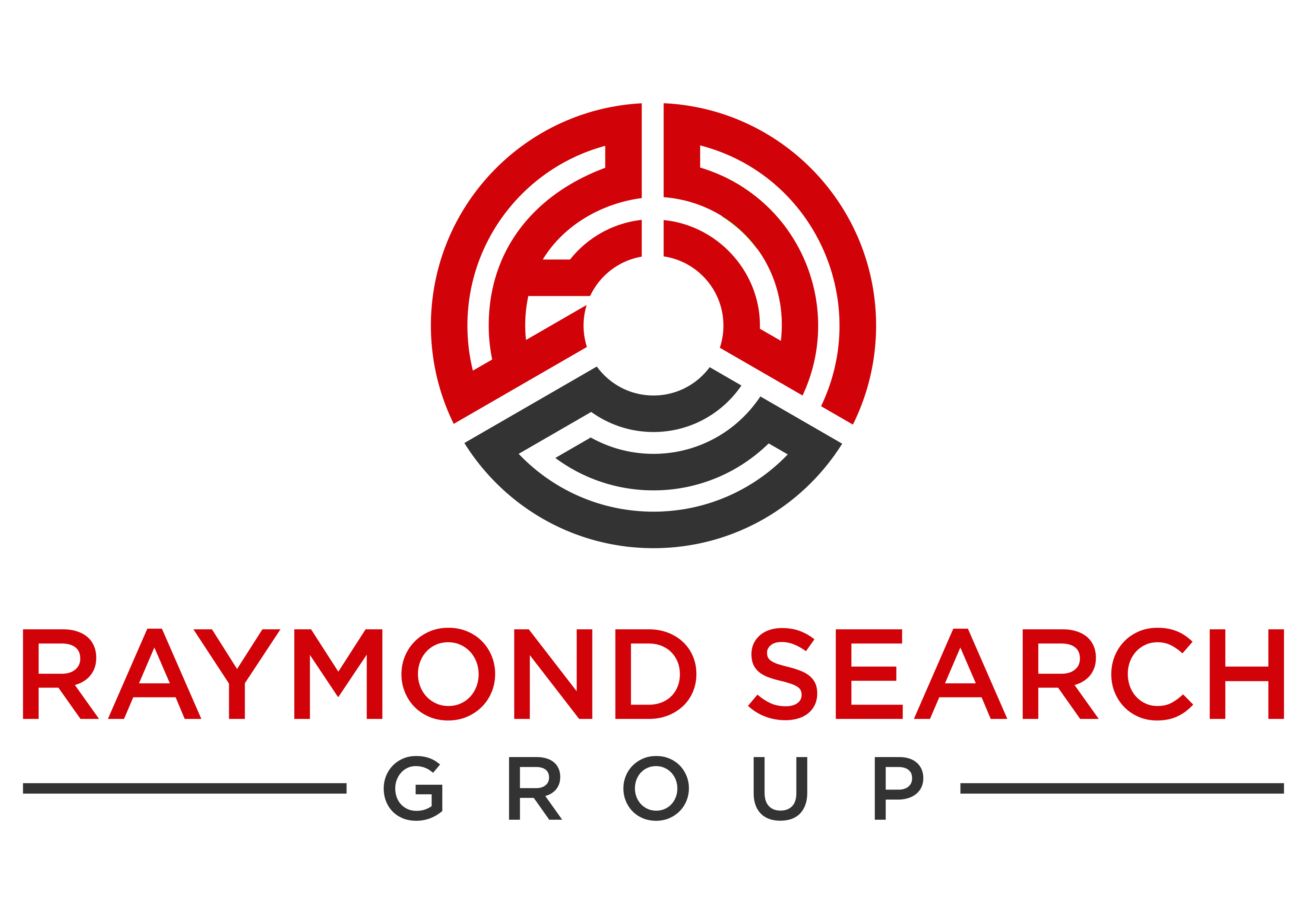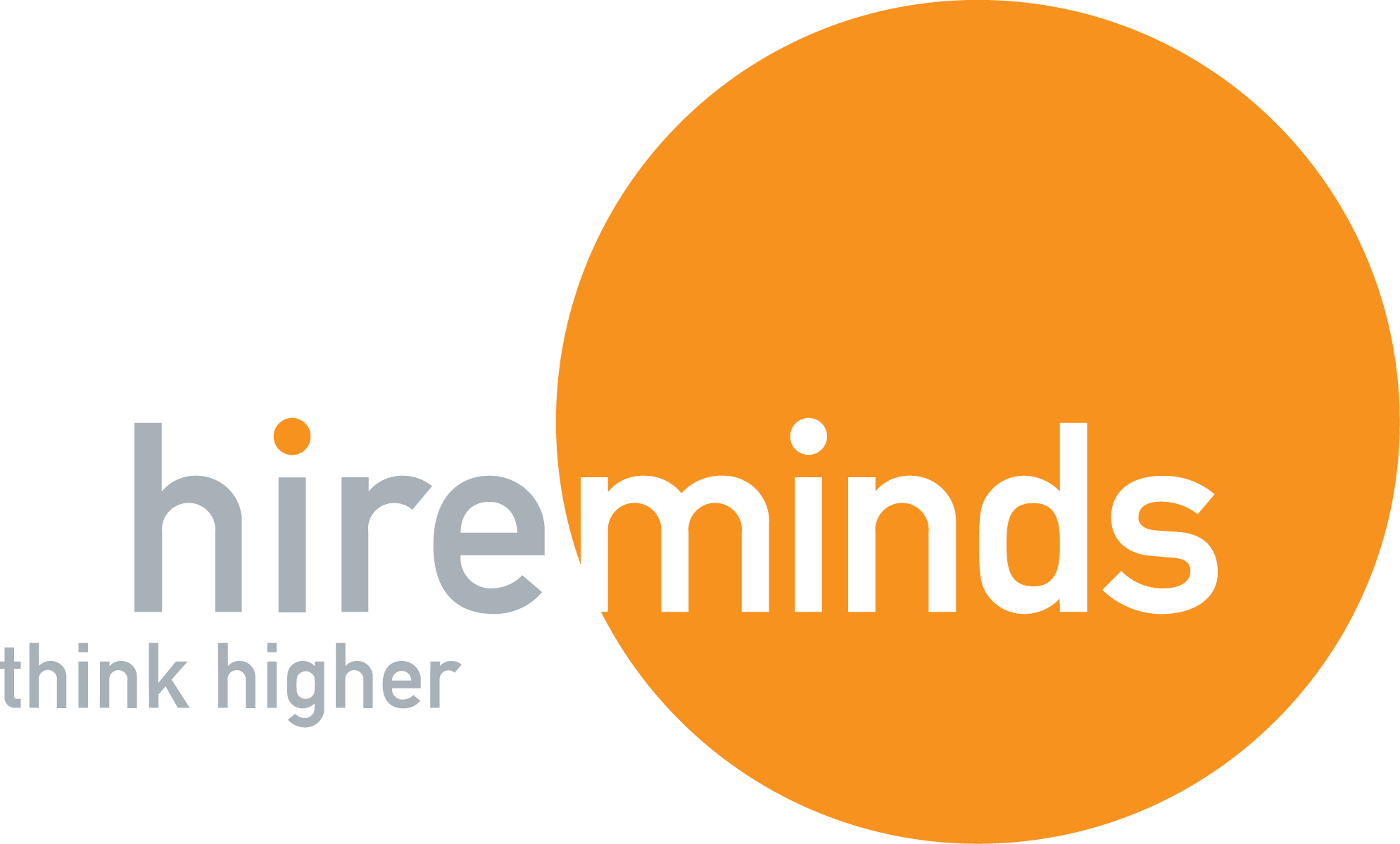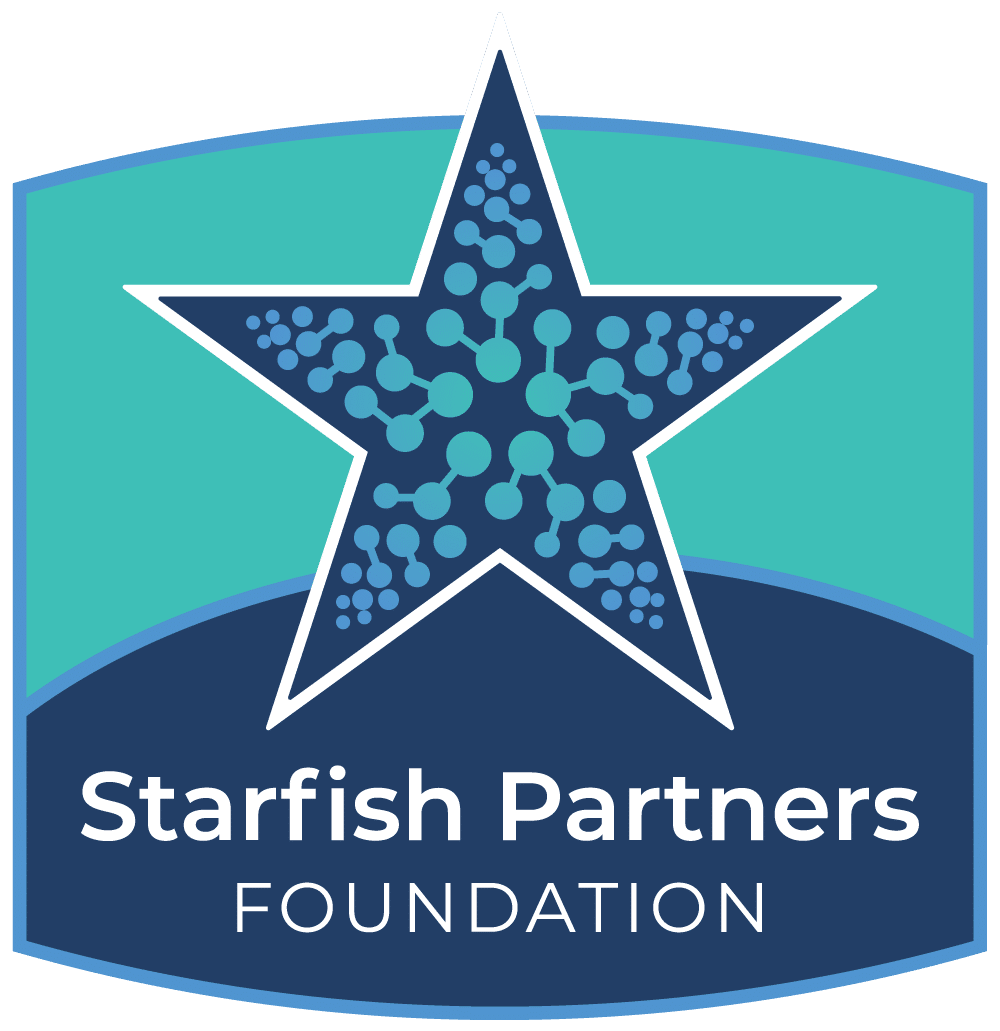
December 3, 2015
Jason Herbert, DRI Practice Leader Packaging & Material Handling, had the opportunity to interview Michael Senske, President & CEO of Pearson Packaging Systems last month.
The following interview was also posted on PackagingStrategies.com (formerly Food & Beverage Packaging Magazine).
Tell us a little bit about yourself.
I was born and raised in Spokane, WA and moved to Seattle, WA to attend the University of Washington, where I graduated with a Bachelor of Arts degree in Psychology. Upon graduation I worked at Microsoft Corporation in the Product Support Services division of the Consumer Division Unit. I left Microsoft in 1998 to join Pearson Packaging Systems and moved back to Spokane with my wife Jennifer.
During my time at Pearson, I have served in a wide variety of positions, including Director of Business Development and Vice President Sales & Marketing. I assumed the role of President & CEO in 2003 and have helped build a team that has transformed the company from a manufacturer of discrete packaging machinery to a provider of complete end-of-line systems comprised of case erectors/tray formers, case packers, case/tray sealers, and palletizers.
In addition to my responsibilities at Pearson, I am very active in our community and serve on the Board of Trustees for Greater Spokane Incorporated and the Association of Washington Business. I also serve on the Board of Directors for Colmac Holding Company, a capital equipment manufacturing company located in our region. My wife and I have been married for 20 years and have two daughters, Lauren and Olivia. We enjoy golfing, skiing, boating and pretty much all outdoor activities.
What fascinating projects are you currently working on?
I think the most interesting project that we are working on at Pearson Packaging Systems is our User Centric Design (UCD) initiative. For years, our industry has received feedback from customers that our machines/systems need to be easier to use and more intuitive, however, that feedback has largely been ignored by extremely technical design engineers. These engineers have designed machines/systems as if they were going to be run and maintained by people with similar engineering and technical backgrounds, which is generally not the case. As such, we have embarked on an initiative to simplify the mechanical design of the machines and integrate this design more seamlessly with a touch screen interface similar to that of a smartphone or tablet. It’s a very visual and intuitive system that allows machine operators to more quickly learn how to operate a machine/system and increase their efficiency and throughput.
What is the most challenging aspect of your job?
The most challenging aspect of my job is ensuring that we never lose focus on what is most important, and that is helping our customers achieve increased growth and profitability. Our only purpose as an organization is to help our customers be more efficient and better serve their customers. My experience is that companies often become somewhat inwardly focused on their own operations as opposed to focusing on the continually changing needs of their customers. As such it is a constant struggle to make sure that our customers are ALWAYS top of mind.
What do you see as your biggest challenges and opportunities in the next few years?
Our biggest challenge is ensuring that we keep our pulse on the needs of customers and truly understand how we can provide value to them going forward. Our customers’ businesses are changing at an increasing pace, and we need to remain nimble as an organization to change with them. Perhaps our biggest opportunity is to continue to develop the capability to provide integrated complete end-of-line solutions to our customers. Historically, Pearson Packaging Systems has provided customers with discrete machines as well as small systems or cells comprised mainly of our equipment. For Pearson Packaging Systems to remain relevant in the marketplace, we are going to need to continue to develop our ability to provide fully integrated complete end-of-line systems that include equipment from 3rd party OEMs in addition to our own. Ultimately, what customers want to source from Pearson is the systems engineering expertise that will help them achieve a specific level of output at a specific cost per unit. They are depending on us to design a system that is capable of meeting their needs, not just a piece of equipment.
What soft skills do you look for when hiring new talent?
Above all else, I’m trying to discern a candidate’s work ethic. I would rather have an employee of average ability with a strong work ethic, than an employee with tremendous capability with an average work ethic. Our customers depend on us to deliver machines/systems on very tight timelines with very high performance requirements. I want to know that every single employee that is working on a customer’s project is willing to do whatever is necessary and work whatever hours are required to design, manufacture, assemble, install, and service this equipment so that we meet or exceed our customers’ expectations. In addition to work ethic, I’m always looking for people that operate well in a constantly changing and ambiguous environment. If there’s one thing that typifies the modern business environment it is constant change. If an employee isn’t able to deal with change or a dynamic working environment, they aren’t a good fit in our organization.
Based on your LinkedIn profile it appears that you have a special interest in succession planning. Why is succession planning so vital to every company’s strategic plan? Can you share any insight on best practices for succession planning?
Our customers are looking to develop long-term partnerships and working relationships with their suppliers. When they purchase a piece of machinery or a complete end-of-line system they are relying on us to not only design and install/commission this machinery or system, but to help them maintain it and adapt it to their changing needs for many years into the future. They are buying equipment from Pearson not only because of our current capabilities, but also because of our ability to support them in the future. In order for a business to achieve long term sustainability, it is imperative that each functional area of the organization have a deep talent pool of individuals that are on clear career paths and that are capable of assuming greater responsibility within the organization. At Pearson Packaging Systems, we require the members of our leadership team to not only deliver strong results, but to also build depth within their departments so that they have multiple employees that are capable of stepping up into the position above them in the event that we need them to do so. It is a very conscious effort on our part to retain, recruit, and advance people who have the skill sets we need now and in the future. We are committed to providing existing employees with ongoing professional development and training so that they are able to develop skills that are aligned with the changing needs of our customers and our business. Additionally, we recruit candidates from outside of our industry that, although lacking industry experience, possess the skills and abilities that we will need in the future as our organization continues to grow.

Practice Leader Packaging & Material Handling
440-996-0591
[email protected]

